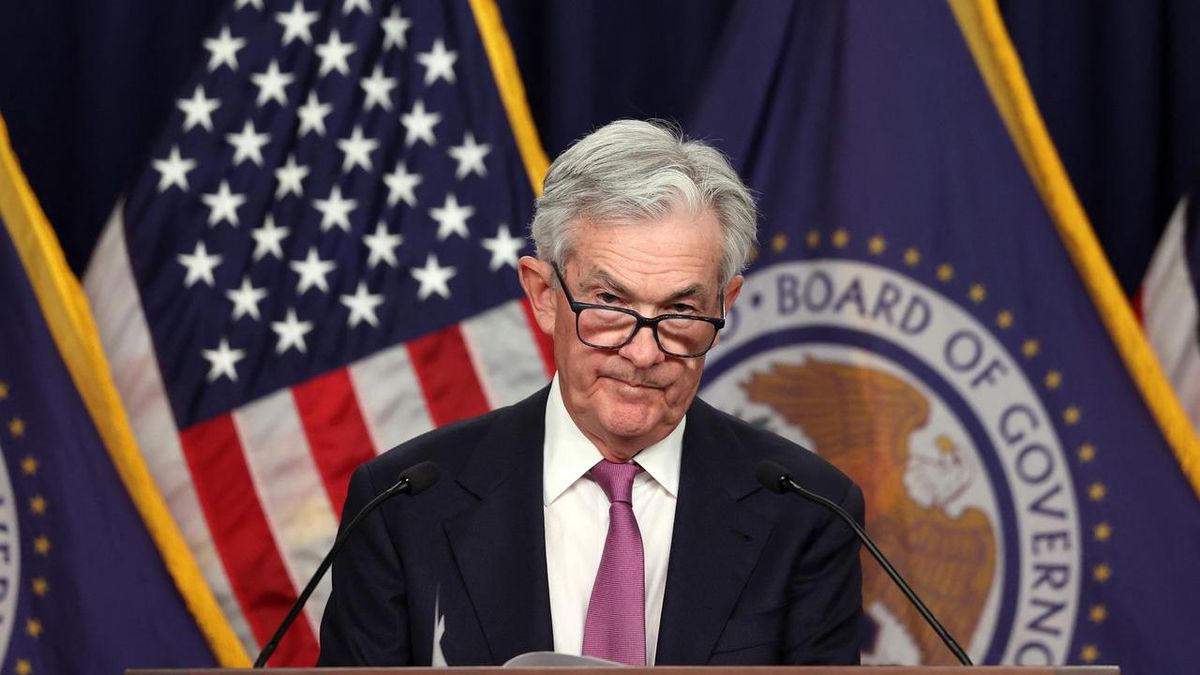The United States Federal Reserve (Fed) define today in Washington if it increases the interest rate of reference in its objective to control inflation, in the midst of a scenario of uncertainty that took over the Finance system after the collapse of three large banks.
After a year of permanent rate increases as a result of the increase in the inflationthe agency is facing a very complex scenario due to the collapse of banks that spread fears of a financial crisis to the entire system.
On the one hand, if the interest rate increases by a large magnitude, it runs the risk of severely affecting the level of activity, asset prices, and deactivating investment stimuli, which could lead to the start of a recessive cycle.
On the other hand, if you choose a slower and slower adjustment path, you run the risk of having to live with an inflation rate for longer than desired, which in the long run will also affect the level of activity, the price of assets, the value of the dollar, and may also end in a recession.
A year of sustained increases
On March 16, 2022, the Federal Open Market Committee (FOMC) decided the first of the eight interest rate increases that it has completed so far, leaving behind an unusual range between 0% and 0.25% that began when Allan Greenspan He was the director of the Federal Reserve.
Despite all the adjustments, from the initial 0%/0.25% to the current 4.25%/4.50%, the United States economy lives with a high inflation rate, which in the middle of last year it had already exceeded 9% per year.
Many analysts of Wall Street they hold the Federal Reserve a share of responsibility in the banking crisis due to its policy of zero rates for many years and the speed of adjustment of its reference indicator in the last year.
The force of the interest rate rise served to moderate inflation, but it also meant that, given the rise in interest, the Treasury bond parity fell and that affected the patrimony of the financial institutions that had these titles as their main asset.
Expectations for the impact in Uruguay
Since the last months of last year, the policy of the Central Bank of Uruguay (BCU) Regarding the reference interest rate, it has been the target of criticism from various economic sectors and from the opposition for considering it the main reason for the dollar depreciationwhich has an effect on the levels of competitiveness of the Uruguayan economy.
The entity clarified in its goals for this year that it would modify its contractive policy once inflation levels were adjusted within the desired values, that is, between 3 and 6%, something that for the moment is far from happening if one takes into account that the latest indicator released by the National Statistics Institute (INE) it was 7% annually for February.
However, the BCU gave signs in that direction by keeping the interest rate unchanged at 11.50% after the last meeting of the Monetary Policy Committee (Copom) last month.
But observers estimate that a moderate rise or freeze in interest rates by the Federal Reserve will leave the Central Bank with little room to continue postponing a correction because Uruguayan values would be well above those of the United States.
In the debate on monetary policy in Uruguay and its impact on the depreciation of the dollar -of 12% in 2022 according to official data-, yesterday the BCU received significant support from the International Monetary Fund (IMF) which highlighted the need to keep rates high until inflation has been controlled within the levels projected by the authorities.
Source: Ambito




